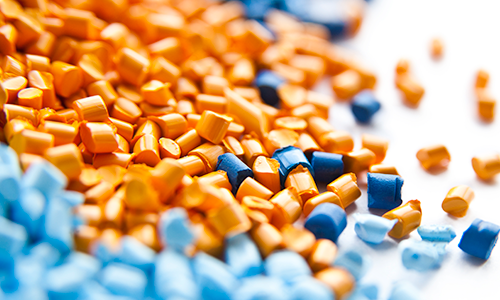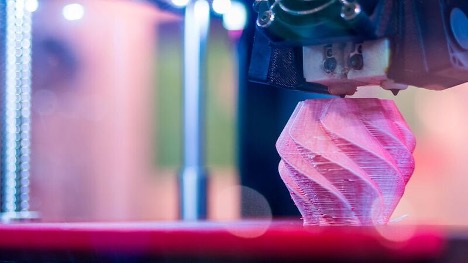History of Microcalorimetry
Throughout the 18th century, many scientists questioned the nature of heat. Isaac Newton thought that heat was transferred by the vibrations of particles, while Robert Hooke believed heat was a property of the body that arose from the motion of its parts.













